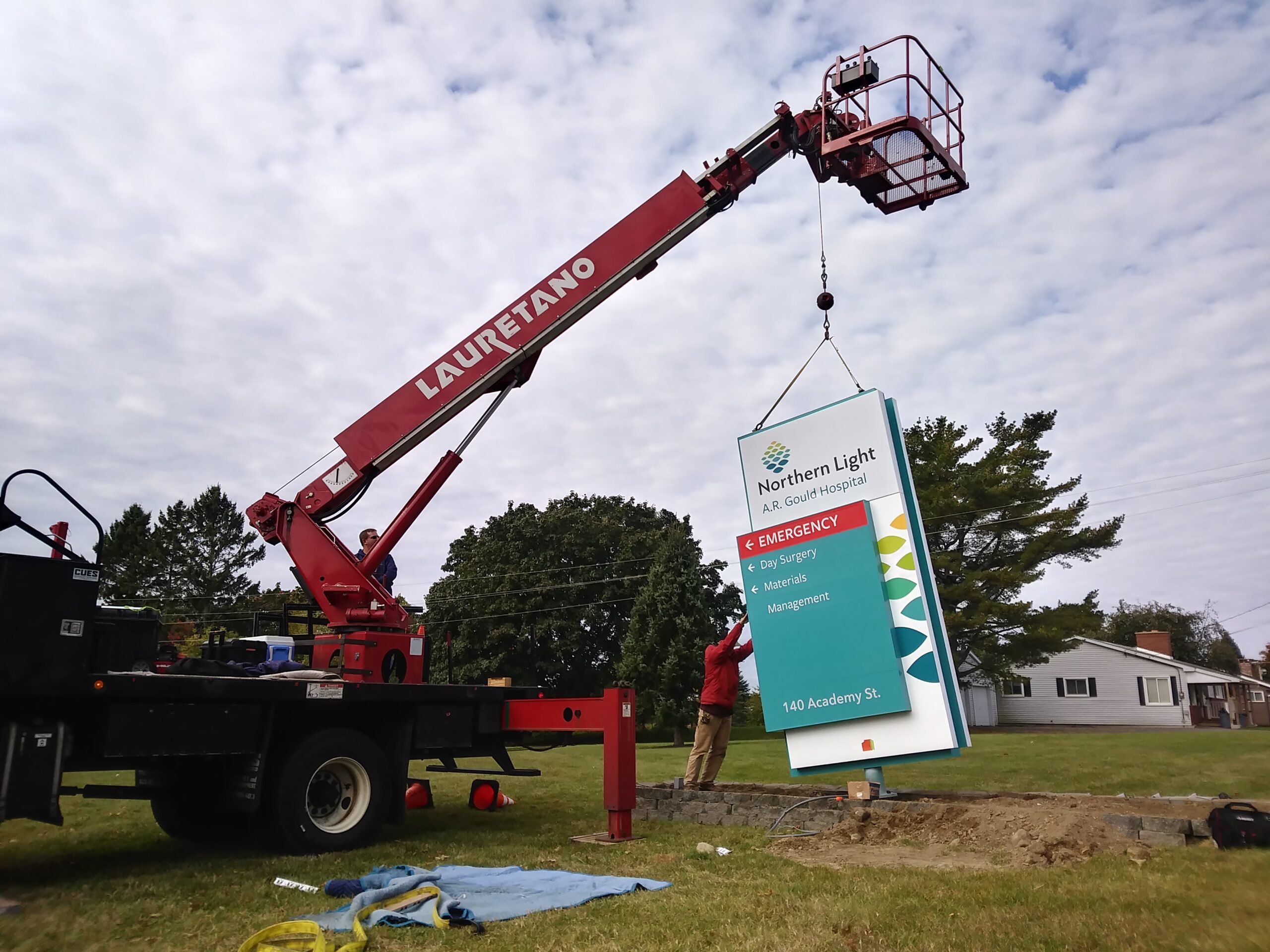
PRESQUE ISLE, Maine — Aroostook County’s largest medical center has a new name that is a reflection of progress being made on a statewide basis, Northern Light A.R. Gould Hospital president Greg LaFrancois told employees in Presque Isle Monday.
On Oct. 1, all of the facilities in the Brewer-based Eastern Maine Healthcare Systems organization changed their name to Northern Light Health. The health system includes nine hospitals, eight nursing homes and 12,000 employees, who are all working more collaboratively than ever, LaFrancois said.
“We are at a waypoint,” he said. “The name change is the last step in a progression.”
The Aroostook Medical Center, now known as Northern Light AR Gould, became a part of the EMHS system in 1999 and is Aroostook County’s largest employer, with more than 1,000 employees. The organization includes the 89-bed hospital named after the Presque Isle businessman Arthur Gould, the Mars Hill long-term care center, medical clinics, emergency services and a dialysis center.
LaFrancois said that in recent years, all of the hospitals and organizations have been trying to work together better, and the name change represents that work.
“We’ve been all these separate hospitals. We were all fending for ourselves. And then over the years, it’s been a continual progression where we’re systematizing, bringing things together, sharing best practices.”

Northern Light A.R. Gould Hospital Technology Specialist Jesse King, left, and hospital President Greg LaFrancois pose with the health care system’s new logo and name. As of Oct. 1, all of the health facilities within the former EMHS system took on the name Northern Light.
(Courtesy of Northern Light A.R. Gould Hospital)
Examples of that include a digital health record system expanded to cover all health care sites, a centralized call center for people recently diagnosed from an acute care hospital, and bulk purchasing of supplies.
The AR Gould hospital has also recently brought in new cardiovascular laboratory equipment and a 3-D mammography imaging device that is more accurate and presents less radiation.
“There’s a lot of work to be done going forward,” LaFrancois said. “Health care is changing on us. The stand alone hospitals are going to be in a real tight spot, whereas systems are in a position to shift resources and make sure that everybody can still deliver quality care.”




